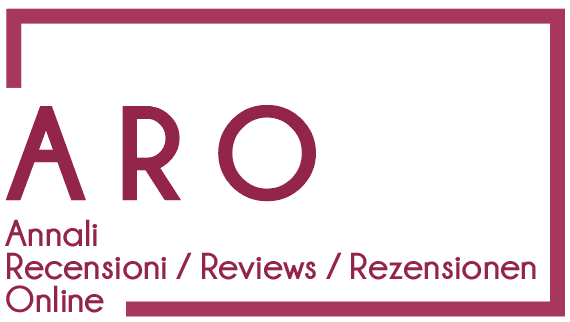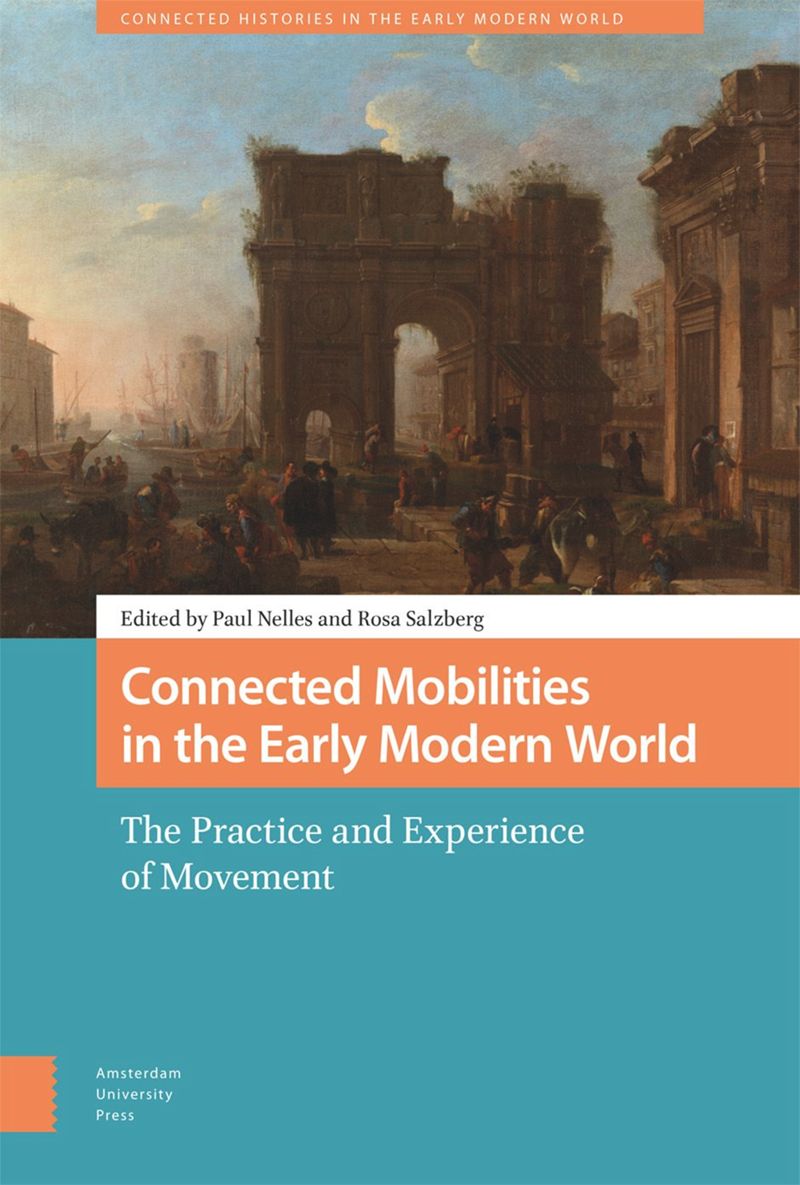


Reviewer Luca Zenobi - University of Edinburgh
CitationThe last thing our discipline needs is another self-proclaimed turn. Yet there is no question that the mobilities paradigm developed by social scientists in the early 2000s has found its way to historiography. A few years ago, a colleague of mine asked me to explain to them what all the fuss was about. I struggled to come up with a compelling answer. That’s probably because there’s a lot to the ideas behind this so-called paradigm but the gist of it is actually very simple. It’s an invitation to take movement seriously as an all-encompassing field and perspective: not just a routine pattern or exceptional choice, but a crucial way to understand how the world worked and how people made sense of it. To put it another way, it’s a call to adopt movement as a category of analysis in its own right, especially as a complement or even outright replacement for traditional spatial frameworks, such as nation-states and civilisations.
This last proposition is what puts the volume in conversation with the ideas that inspired the series in which it appears, Connected Histories in the Early Modern World, published by Amsterdam University Press. Whether by following Europeans as they navigated Ottoman, Ming and Mughal courts, or examining Persian traders as they interacted with customers between the Mediterranean and the Indian Ocean, Subrahmanyam’s work is itself a rejection of place-based approaches and a clear demonstration of the role of movement as a driver of historical change (most notably, through the construction of difference and the making/unmaking of empires). The work of social scientists – especially if still alive – is not always well-received by historians, but the ongoing popularity of relational methods such as that of connected histories (plus entangled histories, histoires croisées and generally micro-global approaches) should mean that the methodology adopted here will feel both new and familiar to early modernists. If asked again by a colleague to explain why mobilities have taken such a prominent place in our agenda today, I’ll happily refer them to this book.
The volume consists of nine essays. These are divided into three equal sections: «moving bodies», «crossing borders» and «global networks». As Nelles and Salzberg make clear in their introduction, this organisation is primarily based on scale, spanning from day-to-day movements (section 1) to global trajectories (section 3) and passing through a range of regional travels (section 2). However, they also note that distance alone should not be seen as an indicator of greater or lesser mobility, and that the places and flows with which each itinerary intersected are often as important as their distinct points of departure and arrival. That’s in the spirit of both connected and mobilities histories. In fact, one could even reshuffle the chapters of this book while keeping the same sections and the volume would still work. In a way, that’s very much the point of a connected approach to mobilities: all chapters deal with the embodied performance of movement, they all examine the crossing of intermediate borders (administrative, linguistic, confessional, etc.) and they all link up with phenomena that have a trans-regional, if not trans-continental, dimension. So, instead of addressing the various sections and chapters individually, I’ll highlight some tenets that emerge from reading the book as a whole.
One. No single itinerary – whether of people, things or information – should be studied in isolation. As all the chapters prove, there’s a lot to learn from approaching different types of movement, whether unique or recurrent, not as self-contained practices and experiences but as something inherently connected to other practices and experiences of movement. That’s the most foundational way in which connectivity is understood in this volume: connected mobilities means looking at movement as a complex web of meaningful intersections and not just a set of arrows linking As and Bs. Verhoeven, for example, connects the journeys of the Grand Tour to larger changes in the world of travel as a whole and to the ways in which stories about those journeys were themselves travelling in the form of letters and personal accounts. Tramontana traces the overlaps between Franciscan and mercantile infrastructures, as the order moved funds and friars alike between Europe and the Holy Land. Similarly, Bilić examines the meeting of the many flows of people and goods that gave new meaning to lazzarettos in the Adriatic.
Two. Mobility or indeed immobility is never an individual act, state or possibility. Rather, it’s something that requires sustained interactions with a set of collective systems and regimes. In other words, mobility didn’t just happen; it had to be planned, negotiated and justified. All the chapters in this book investigate how movement was enabled, but many also explore ways in which movement was discouraged or outright restricted. And that connects mobility to a host of people, customs and institutions fixed in place. Fosi highlights the tension between the control sought by inquisitors over the movement of heretics and the interest of local groups in the opportunities represented by foreigners. Aslanian shows how travellers such as the alms collectors of some Armenian orders secured their ability to move around the world through papers such as letters of credit, patronage and safe-conduct. In turn, Gallagher illustrates that travellers addressed the linguistic challenges of moving across Europe through sustained exchanges with teachers, translators and various sites of learning.
Three. In line with much assemblage and network theory, mobility can be seen as a conduit that connects human and material agents. Objects are the subjects of several chapters in the book, particularly when it comes to trade. In addition, they appear as proxies through which movement was accessed and remembered, as in the case of Verhoeven’s reports of the Grand Tour and Aslanian’s travel documents mentioned above. But while mobility was unlocked and memorialised by objects, it also gave new meaning to them. Nelles, for instance, considers the circulation of devotional objects through the Jesuit network, arguing that much of their appeal lay in the fact that they had travelled with pilgrims from places like Rome. Schmitz follows patients in rural Spain as they visited practitioners – and particularly unorthodox practitioners – in their quest for health, while at the same time tracing cures as well as bodily samples, such as hair and urine. Finally, Molino uncovers the mobile strategies (posting, transcribing and so on) that shaped the order and content of handwritten newsletters.
What’s next then? Well, there are other connections we could look at. Nells and Salzberg point to one, in particular, in their introduction. It’s the connection between what moves and what doesn’t: «future scholarship – they write – will not only need to track how and why things and people moved but also examine how, why, and where they came to rest» (p. 25). I can think of three others we could address further. One is the connection between past and present or, more accurately, between more recent and more distant pasts. The temporal scale of the essays gathered here is typically that of a single life or generation; the analysis itself is more often synchronous than diachronic. But a lot of what makes mobility possible is multi-generational (the shared knowledge of itineraries, the maintenance of roads, etc.) and that deserves more spotlight. Another connection is that between the physical world and the world of the mind. There are only a few mentions of fictional journeys in this book, but one could argue that they might be just as revealing about the real concerns and mechanics that governed early modern mobilities as traditional historical sources. Finally, we could adopt mobilities as a viewpoint through which to look at the connections between human and more-than-human worlds. Aside from some references to mountain passes and adverse weather, the world through which people move in this book is very much an artificial one – it’s a world made out of courts, ships, gates, inns. Besides, like us, nature is always in motion, so might that be where we turn to next?